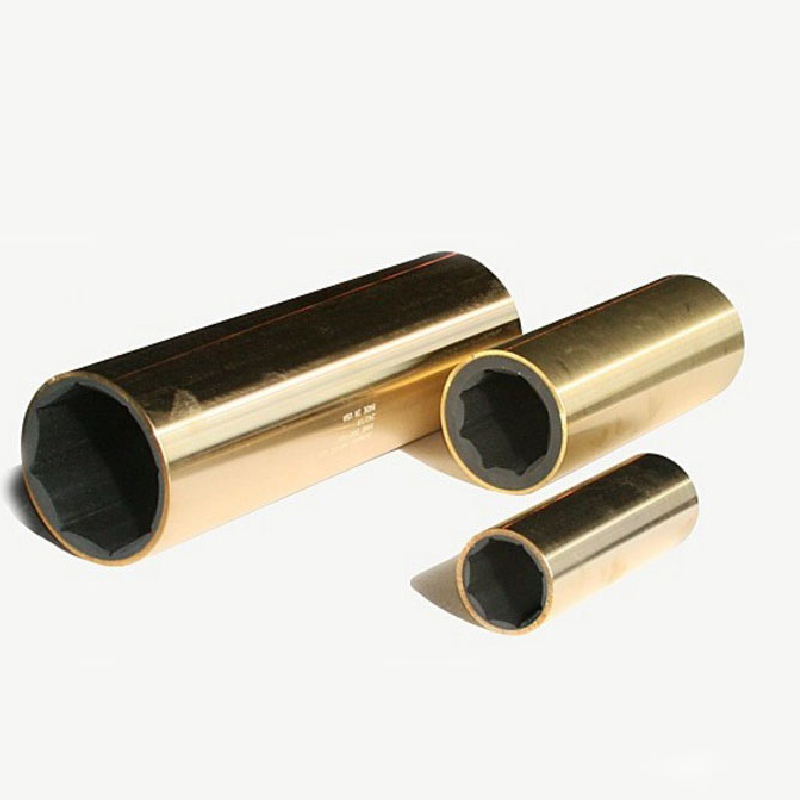Strategies for Addressing Oil Pan Drain Plug Leaks in Automotive Maintenance and Repair Procedures
Understanding the Issue of Leaking Oil Pan Drain Plug
An oil pan is a critical component of any internal combustion engine. It serves as a reservoir for engine oil, which is vital for lubricating the engine’s moving parts, dissipating heat, and preventing wear and tear. However, one common issue that can arise in vehicles is the leaking of oil from the drain plug of the oil pan. This may seem like a minor nuisance, but if left unchecked, it can lead to significant problems for both the engine and the environment.
Causes of Oil Pan Drain Plug Leaks
The drain plug is designed to seal the oil pan and allow for easy oil changes. Over time, several factors can contribute to leaks from the drain plug. The most common causes include
1. Wear and Tear With repeated use, the drain plug and its sealing washer can become worn or damaged. The constant heating and cooling cycles of the engine can cause metal fatigue, leading to a compromised seal.
2. Improper Installation If the drain plug is not installed correctly or is overtightened, it can strip the threads or distort the sealing surface, resulting in leaks.
3. Old Gaskets Many oil pans use a gasket or washer made of rubber or a similar material to create a seal. Over time, this gasket can dry out, crack, or become brittle, allowing oil to seep through.
4. Corrosion In vehicles with older oil pans, corrosion may compromise the integrity of the drain plug area. This is especially common in environments where vehicles are exposed to road salt or other corrosive substances.
5. Oil Quality Using the wrong type of oil can also contribute to leaks. Certain oils may react with the materials of the drain plug or gasket, leading to premature failure.
Symptoms of a Leaking Drain Plug
leaking oil pan drain plug

Detecting a leak from the oil pan drain plug can sometimes be straightforward. The most obvious symptom is the presence of oil spots under the vehicle. Additionally, drivers may notice a decrease in oil levels, which can lead to engine damage if not addressed. It’s also possible that the smell of burning oil may be detectable when driving, indicating oil is leaking onto hot engine components.
Consequences of Ignoring a Leak
Ignoring a leaking drain plug can lead to severe consequences. The immediate concern is the loss of engine oil, which can result in inadequate lubrication. Running an engine with low oil can cause catastrophic damage, including engine seizure and failure. Moreover, leaking oil contributes to pollution and can harm environmental health, especially if it seeps into water sources.
How to Address Oil Drain Plug Leaks
If a leak is detected, it’s essential to act quickly. Here are the steps to resolve the issue
1. Tighten the Drain Plug Sometimes, a simple tightening of the drain plug can stop a leak. However, caution is essential to avoid overtightening, which may worsen the problem.
2. Replace the Gasket If wear is evident, replacing the gasket or washer is often the best solution. Make sure to use a high-quality replacement designed for the specific make and model of your vehicle.
3. Inspect for Damage Check the drain plug and oil pan for any damage or corrosion. If the threads are stripped or the pan is compromised, a repair or replacement may be needed.
4. Consult a Professional If you’re unsure about how to address the leak, it is advisable to consult a certified mechanic. They can provide a thorough inspection and recommend appropriate repairs.
In conclusion, while a leaking oil pan drain plug can seem like a minor issue, addressing it promptly is crucial for maintaining the health of your engine and the environment. Regular maintenance and inspections can help prevent such leaks, ensuring your vehicle runs smoothly for years to come.
-
Simplifying Oil Changes: A Comprehensive Guide to Oil Drain Plugs and Their Variants
News Aug.04,2025
-
Mastering Oil Drain Maintenance: Solutions for Stripped, Worn, and Upgraded Oil Plugs
News Aug.04,2025
-
Fixing Oil Pan Plug Issues: Leaks, Stripped Nuts, and the Right Replacement Solutions
News Aug.04,2025
-
Everything You Need to Know About Oil Drain Plugs: Sizes, Fixes, and Upgrades
News Aug.04,2025
-
Choosing the Right Oil Drain Plug: A Guide to Sizes, Materials, and Drain Innovations
News Aug.04,2025
-
A Complete Guide to Automotive Drain Plugs: Types, Problems, and Innovative Solutions
News Aug.04,2025
-
The Ultimate Guide to Car Repair Kits: Tools and Essentials Every Driver Should Own
News Aug.01,2025
Products categories















